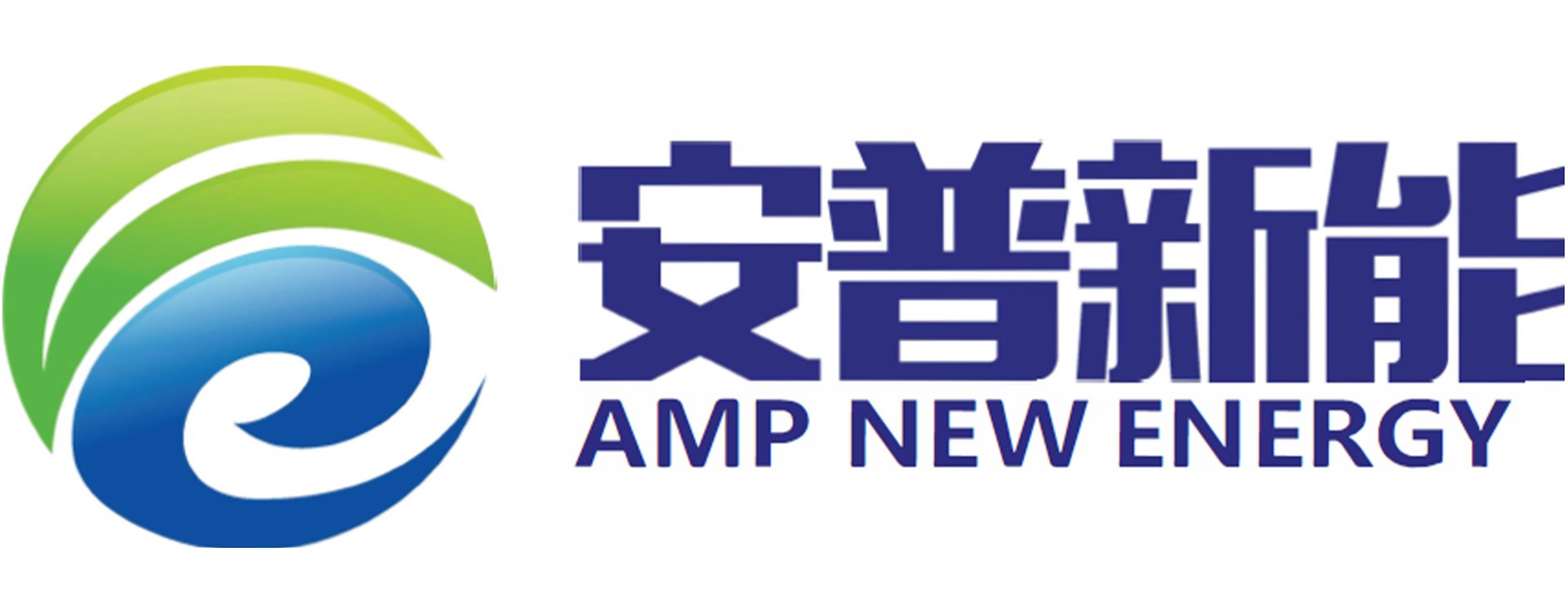Understanding and Solving Common Abnormalities in the Lithium-ion Battery Coating Process
Frequent Lithium-ion Battery Coating Issues and Their Solutions
In the production of lithium-ion batteries, the coating process involves numerous complex steps and requires high precision. Inevitably, various abnormalities may occur. Understanding these common issues and finding effective solutions is essential for ensuring seamless production and enhancing product quality.
Common Problems in Unwinding and Their Solutions
One frequent problem during the unwinding of lithium-ion battery materials is that the unwinding mechanism fails to center the tape correctly, causing the substrate to deviate from its track initially. It's akin to a misaligned steering wheel in a car. To resolve this, operators should swiftly adjust sensor positions or realign the reel to guide the substrate correctly from the beginning.
Addressing Discharge Float Roller Issues
Abnormal limits on the discharge float roller often result from insufficient pressure of the discharge pressure roller or issues with the winding tension and potentiometers. The discharge roller in lithium-ion battery coating acts as a "ballast stone." If not properly pressed or if conjoined tension is absent, the substrate may become loose and displaced. Operators need to tighten the discharge roller, activate the tension, and recalibrate the potentiometer for smooth operations.
Managing Movement and Roll Corrections
Movement correction issues stem from misaligned corrective sensors or probe problems. These can result in hazardous deviations in the lithium-ion battery substrate path. It's crucial for staff to recenter corrections and check and resolve any probe obstructions to maintain precise substrate direction.
Other Coating Challenges in Lithium-ion Battery Production
Handling Scratch Concerns
Scratches often arise from slurry particles or gaps in applicator scrapers. Operators should clean particles using a feeler gauge and ensure scraper integrity, replacing it if necessary.
Tackling Powder Shedding
Powder shedding in lithium-ion battery coating can be attributed to excessive drying or humidity issues, inadequate slurry adhesion, or unbalanced compositions. Technicians must regulate oven temperatures, maintain optimal humidity, improve slurry formulations, and ensure proper mixing to mitigate this issue.
Issues with Surface Density and Particles
Insufficient surface density usually involves an uneven slurry supply or inaccurate walking speeds. Operators need to monitor these parameters and maintain liquid levels consistently for uniform coating. To prevent particle issues, clean roller shafts properly, especially when reusing stored slurry.
Resolving Tailing and Misalignment
Tailing can result from non-parallel roller gaps or incorrect slurry disconnection at coating ends. Adjusting coating parameters and roller rebound speeds addresses these issues.
Additional Considerations for Lithium-ion Battery Coating
Operators must also address alignment inaccuracies, crack formations due to fast drying, polarizer wrinkling due to roller misalignments, and bulging edges due to foam blockages.
Conclusion
The lithium-ion battery coating process is a critical component of production, significantly influencing battery performance. Mastery of the process, alongside knowledge of common problems and precise interventions, guarantees the creation of high-quality, high-performance lithium-ion batteries. Technological advancements will only bolster these processes and drive the future of the energy sector.

